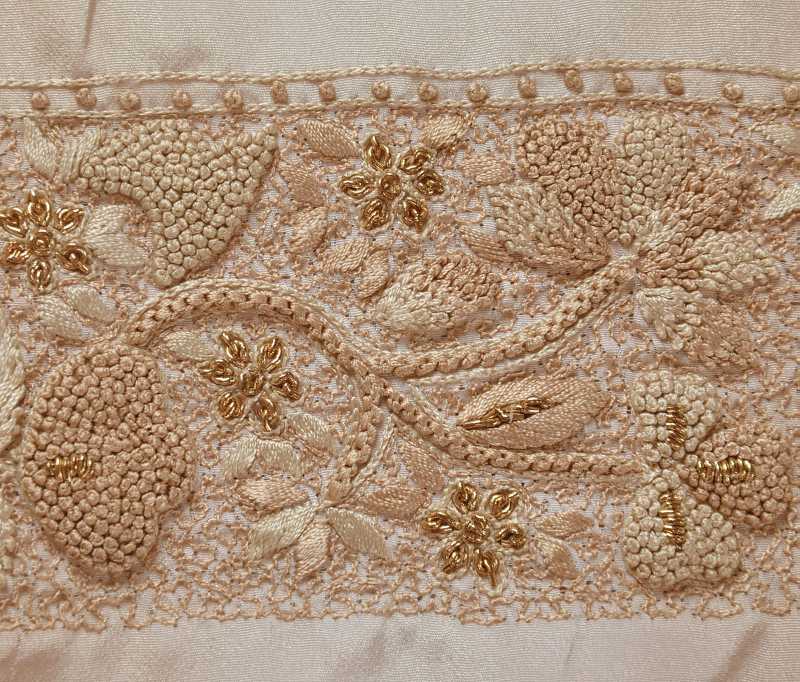===
1426,
1
===

=== |
 |
ma.zmuun : 'That which is included or comprised (in a thing); the contents (of a writing or letter), what is implied (in a writing, &c.), import, sense, signification, meaning, tenour; —subject-matter, subject; —a composition, an article, an essay, an address'. (Platts p.1043)
;haa.sil : 'Product, produce, outcome, what is cleared, what remains (of anything), result, issue, ultimate consequence; inference, deduction, corollary; produce or net produce (of land, or of anything that is a source of revenue), revenue; —acquiring, acquisition, advantage, profit, gain, good; sum, sum and substance, substance, purport, import, object'. (Platts p.473)
saa;Nvalaa : 'Of a dark or sallow complexion; dark, swarthy; sallow, brown, nut-brown; of handsome countenance; ... Brown and salty; rich brown; —piquant, pleasing'. (Platts p.630)
FWP:
SETS == POETRY
MOTIFS
NAMES
TERMS == THEMEThis kind of effortless flow of related verses is one of SRF's special achievements in SSA. It's hard to convey the nuances of the different color terms in English of course, but since I am using English mostly instrumentally, I can go for 'dark-coloredness' and the like. I thank SRF for helping me [Nov. 2014) with the translations of these verses: he corrected some errors, and suggested some improvements. The final choices are, however, my own.
See also the extensive discussion of body-color imagery in:
{1041,1}.
The idea that a true poet must suffer from 'grief of themes' is one more refutation of the 'natural poetry' idea that Mir was a sort of naive innocent who simply poured out his sorrow, etc. etc., and hadn't an ounce of artifice to his name. On the contrary of course-- far from being immediately emergent from one's life, 'themes' are something one must search for, struggle over, shape with difficulty. Constantly wrestling with them causes 'grief', and the true poet must have a 'temperament' that requires-- and requites-- this kind of suffering.
Mir in fact spells out as explicitly as possible the mortal wear and tear of the poet's life [{1428,4}]:
;haal fikr-e su;xan me;N kuchh nah rahaa
shi((r meraa shi((aar hai taa ;haal[of my condition, in the thought/concern of poetry, nothing has remained
poetry is my pursuit, as long as I am able].